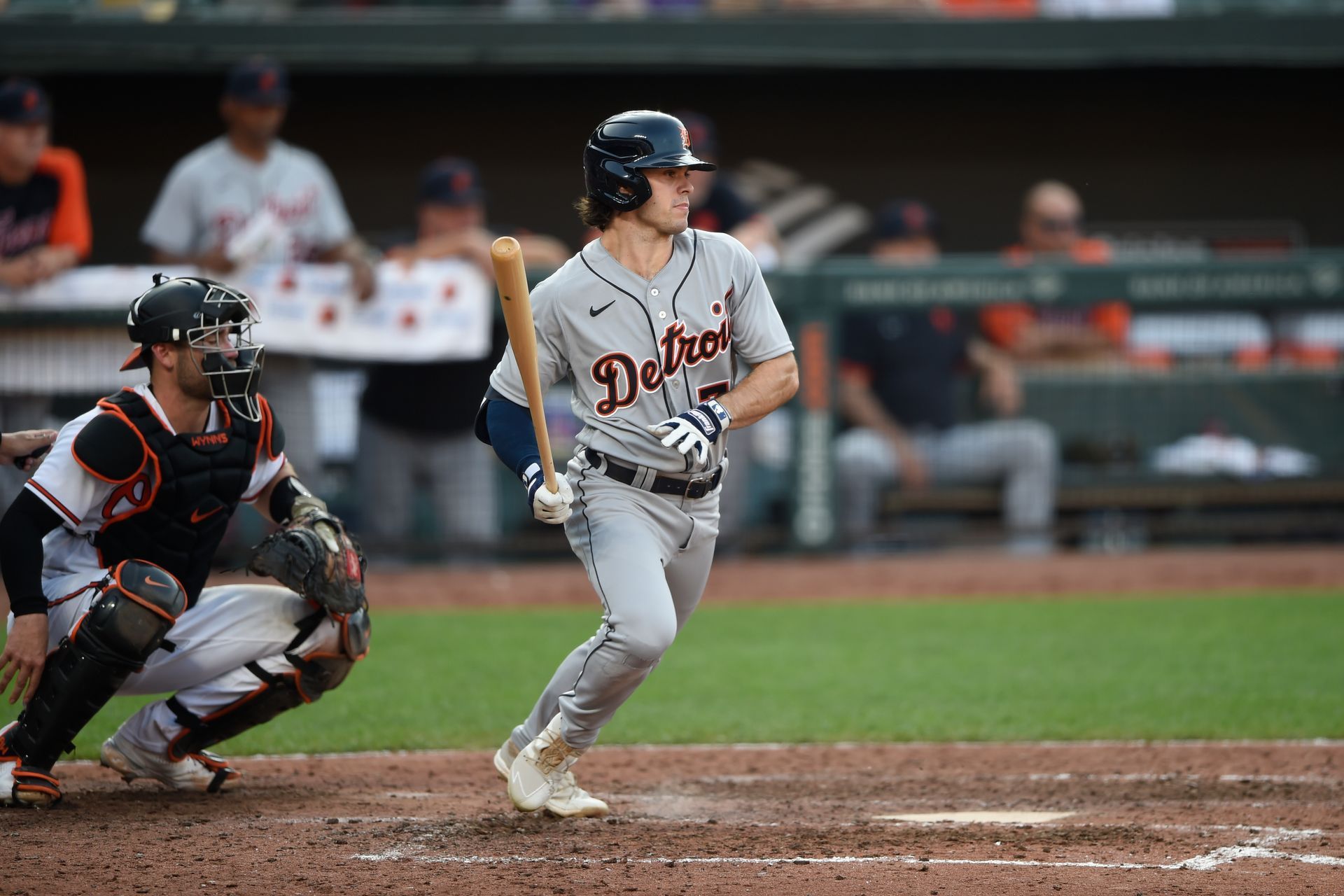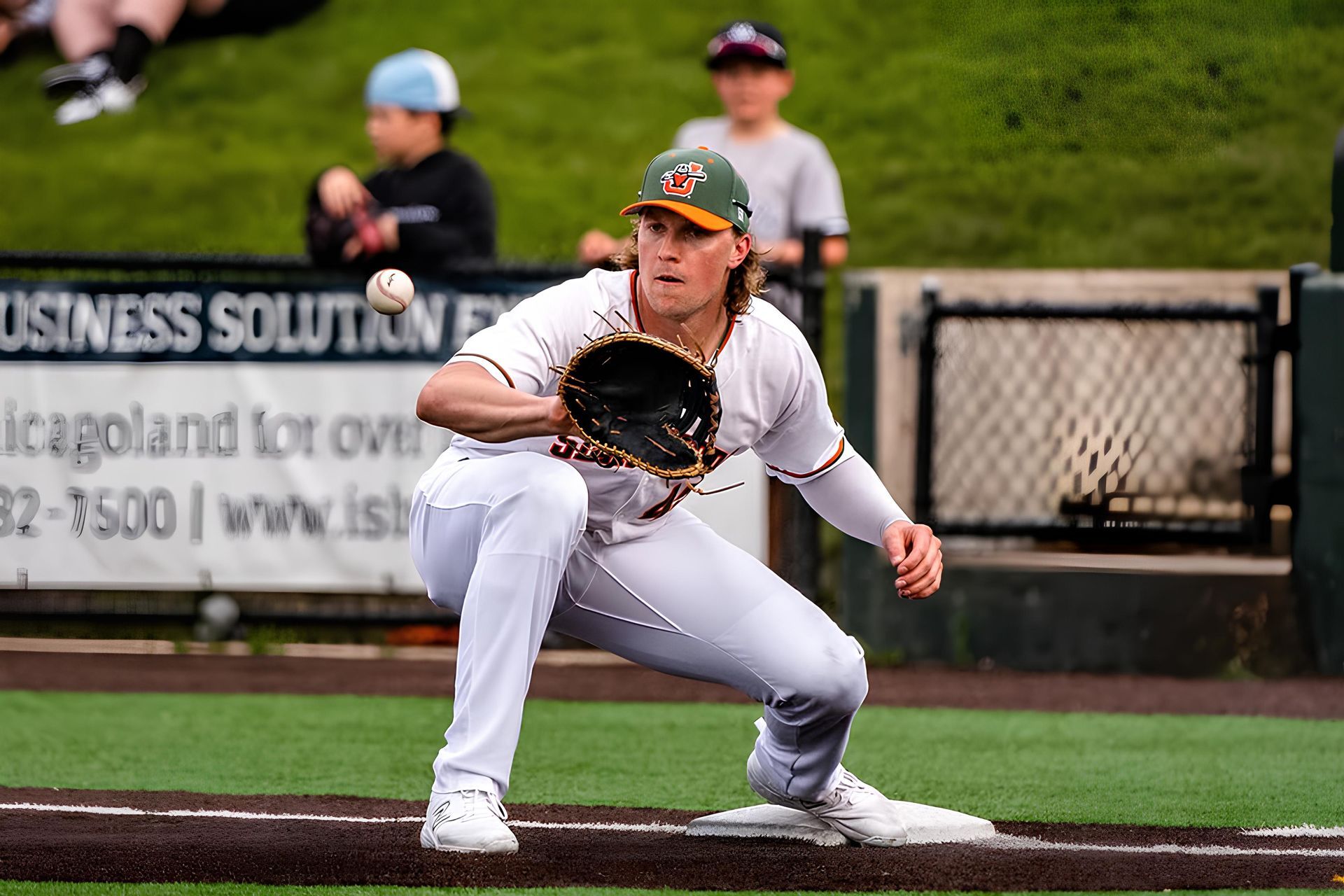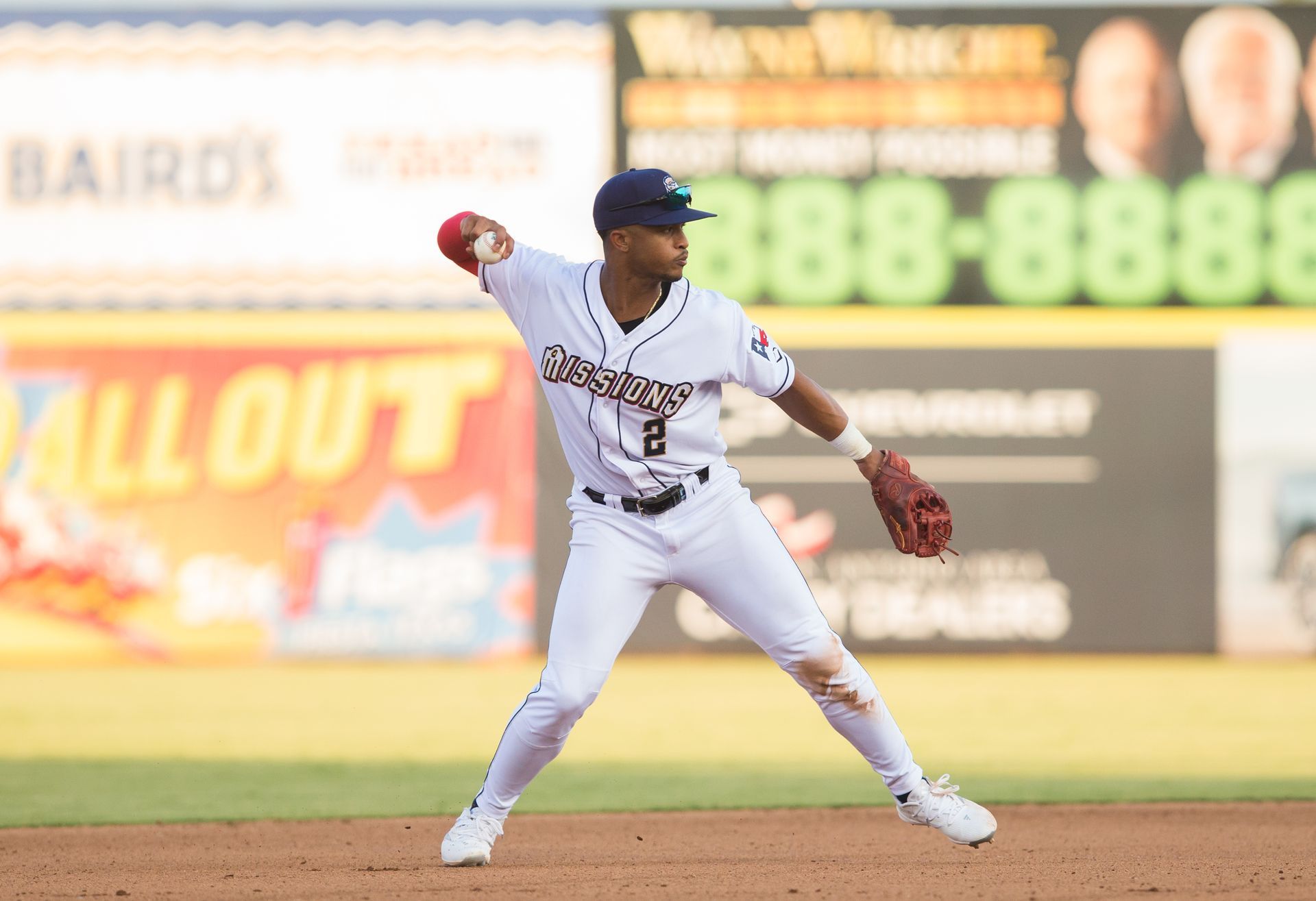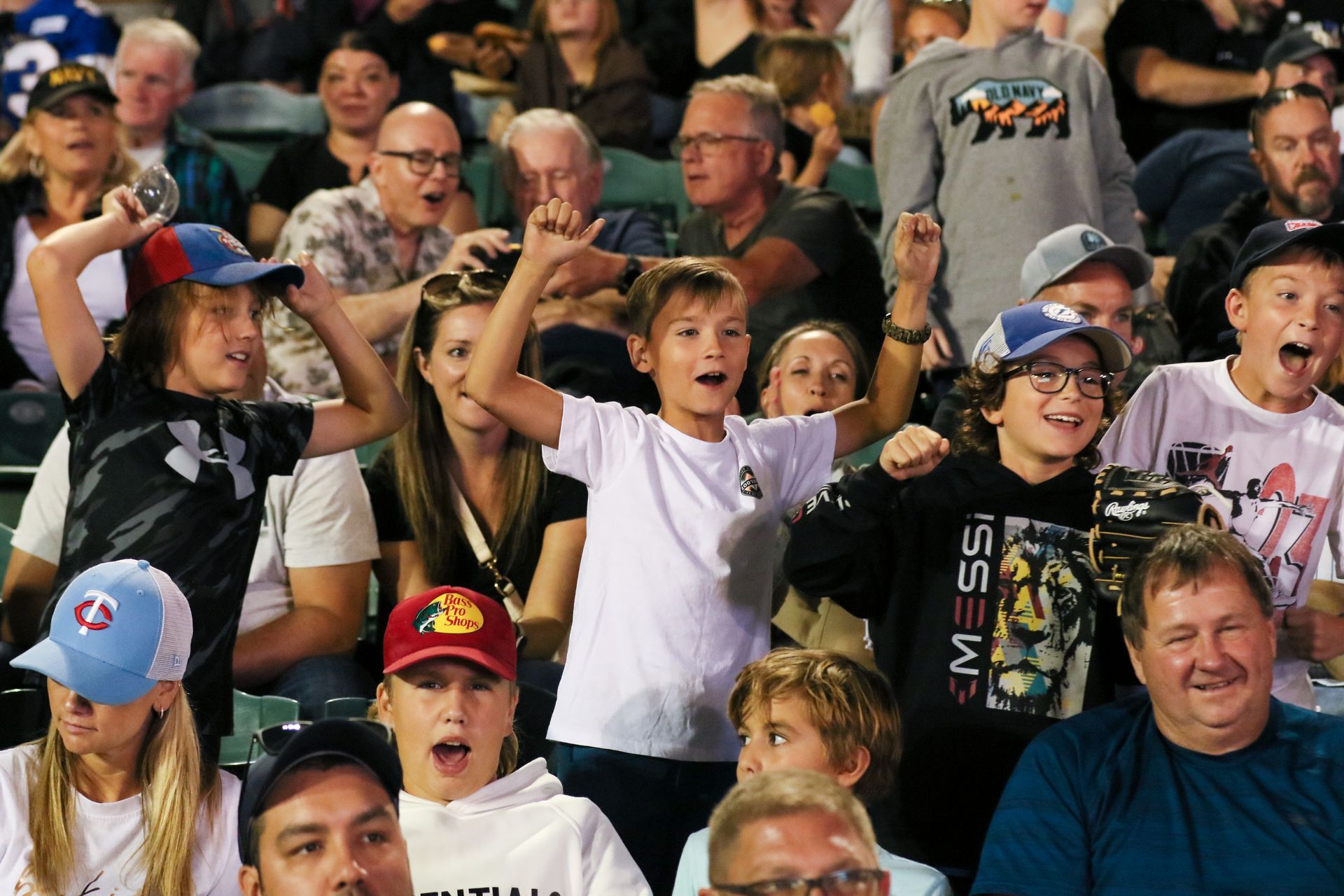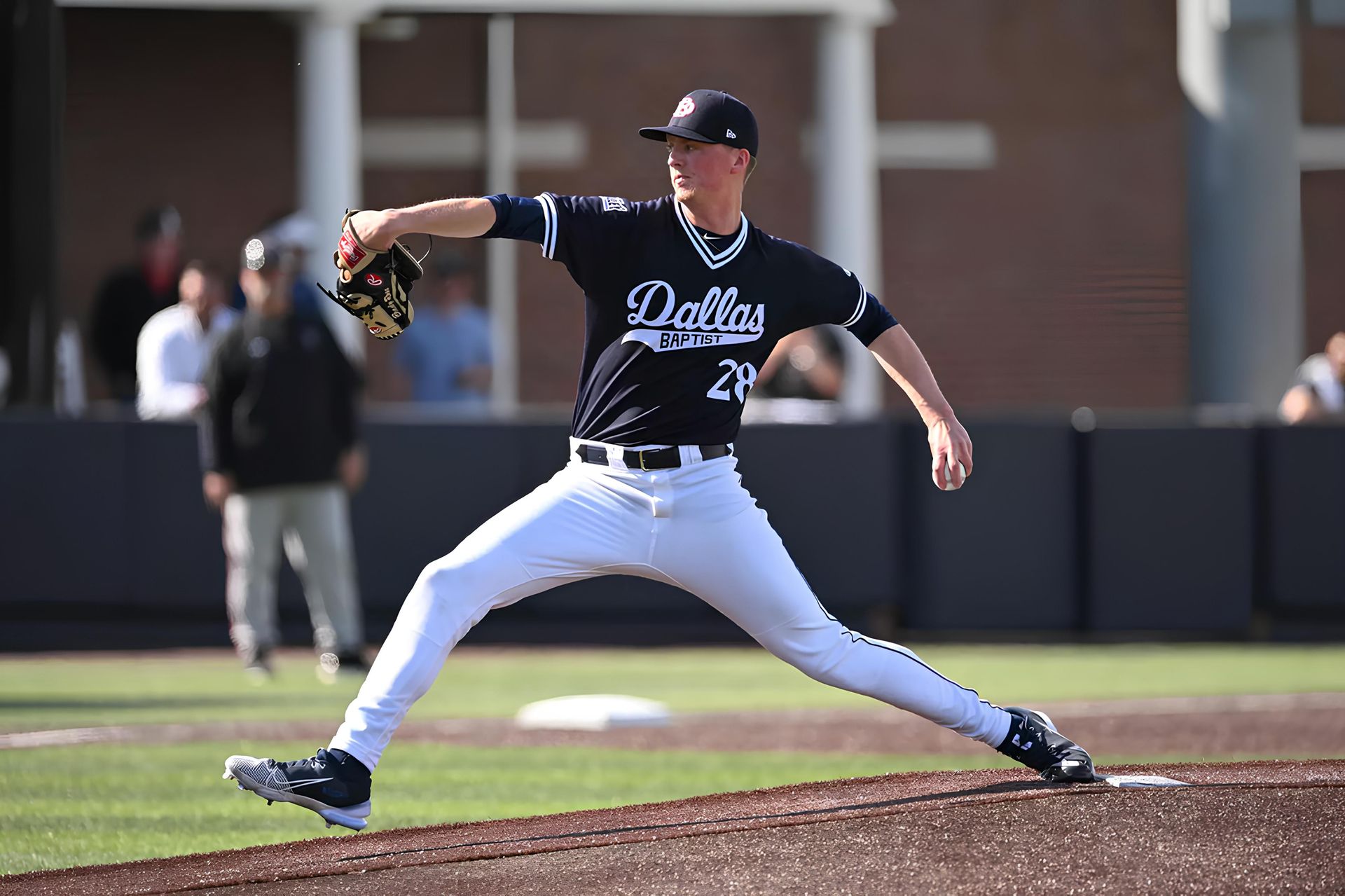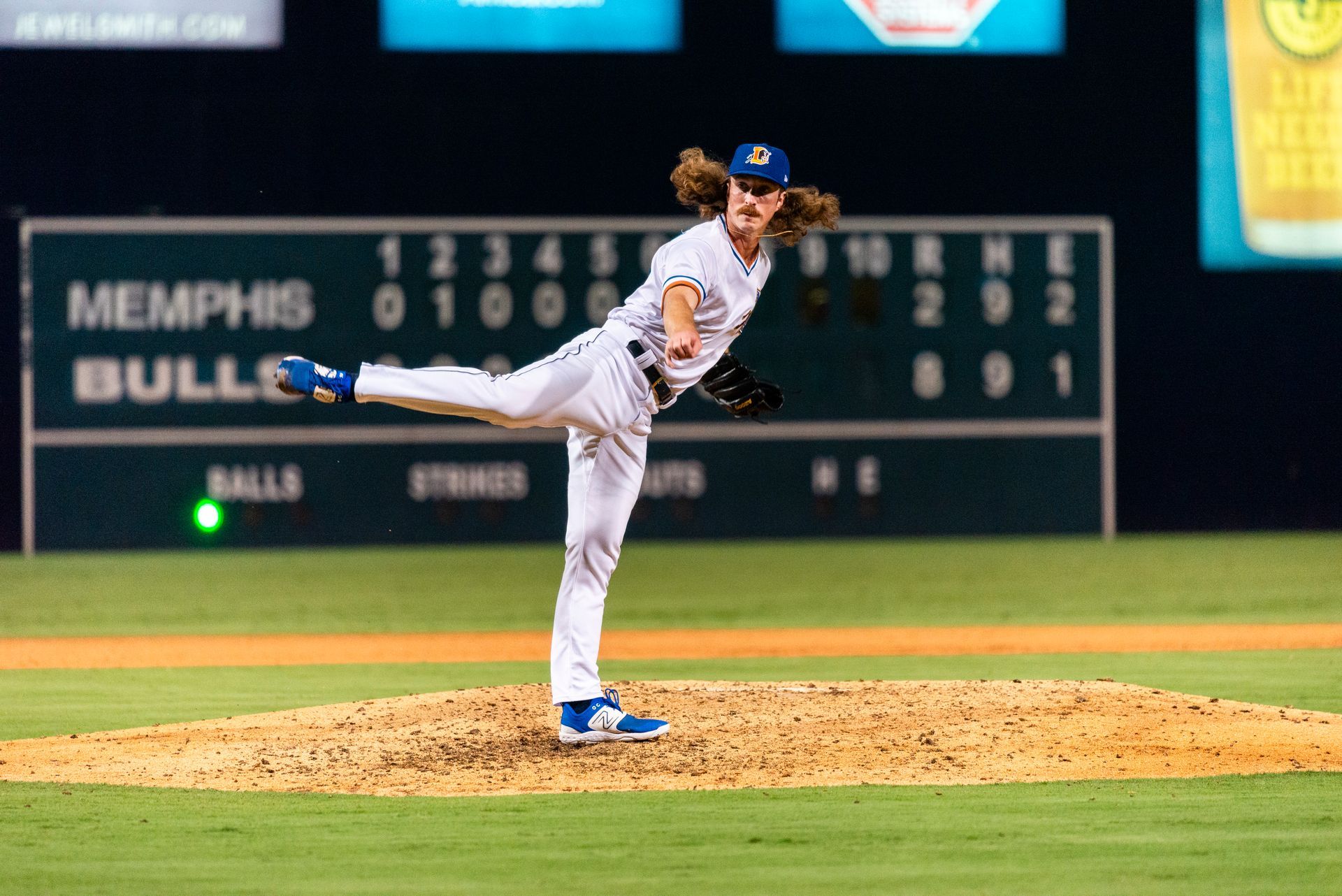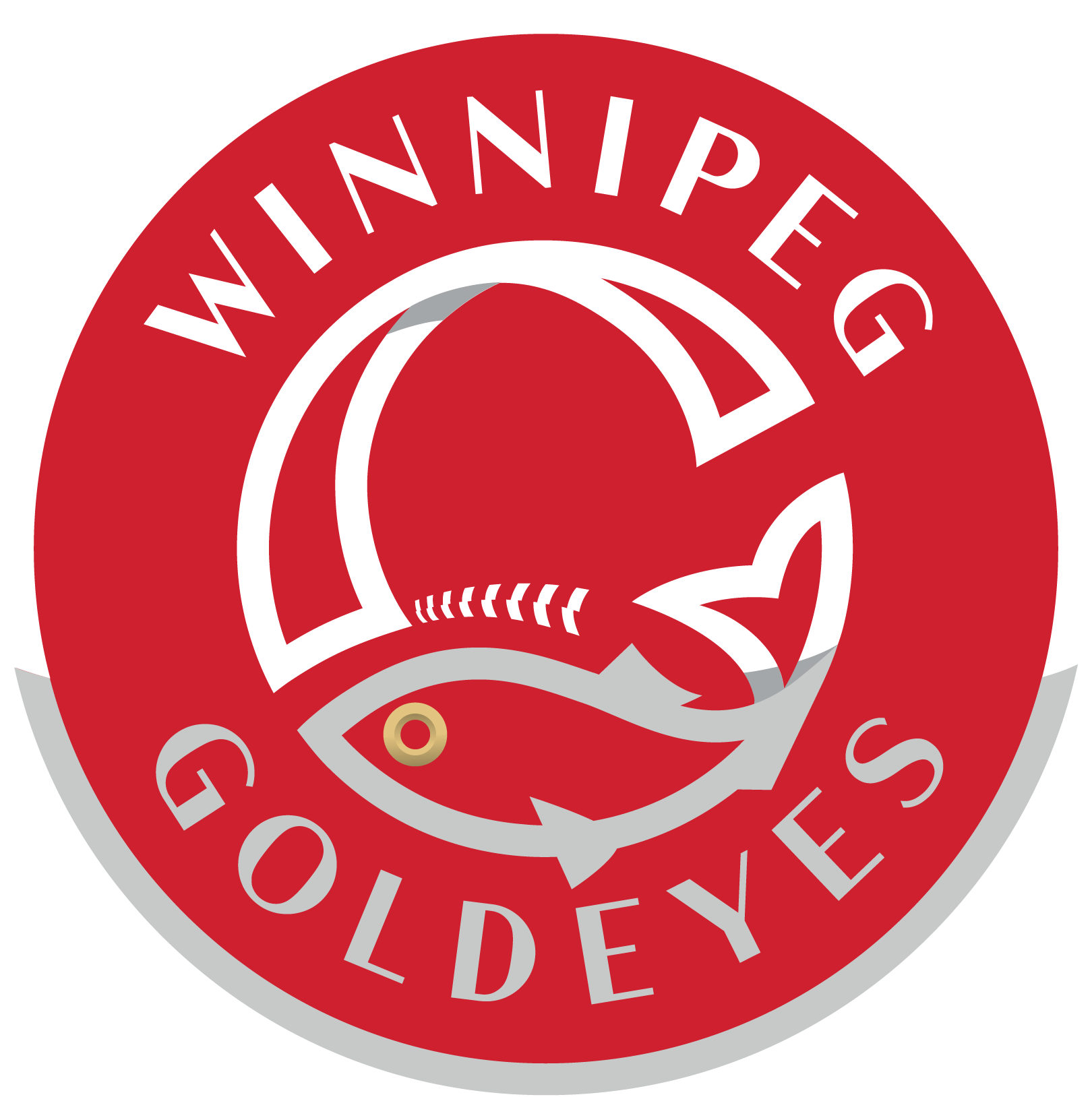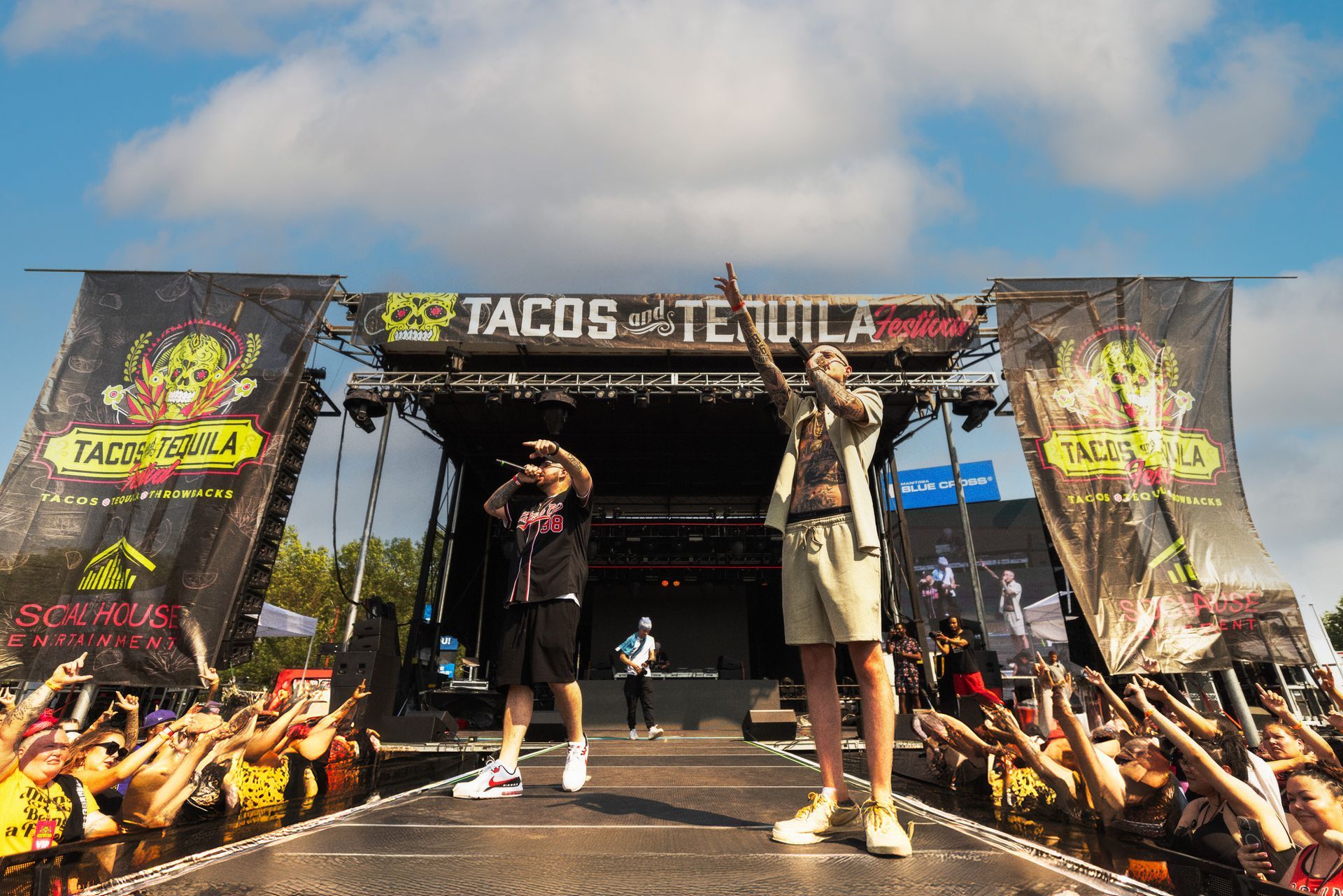If You Build It
To commemorate our 30th anniversary season, Ron Arnst spoke with several key figures from our past and created multimedia articles which first appeared in the Goldeyes Digital Magazine throughout the 2023 season. For those who may have missed those articles, we will be reposting them here on Goldeyes.com. Enjoy!
By Ron Arnst
One of the first tasks Sam Katz had shortly after purchasing a franchise in the Northern League and bringing professional baseball back to Winnipeg was finding a place to play.
In 1994, Winnipeg did not have a dedicated baseball stadium suitable to house the new pro team. So the Goldeyes’ owner had no option but to enter a partnership of convenience with the non-profit Winnipeg Enterprises Corporation, owner of Winnipeg Stadium and Winnipeg Arena.
It was not a happy union.
The makeshift baseball field was jammed into a corner of Winnipeg Stadium, the home field for the CFL’s Winnipeg Blue Bombers. It featured artificial turf throughout and the shortest of short porches in left field.
Years later, Katz admitted the distance down the left field line was not the advertised 300 feet but closer to 280.
While the Goldeyes were finding their way on the field, Sam Katz was busy navigating the nooks and crannies of his partnership arrangement with Winnipeg Enterprises. He had varying degrees of success engaging his partner in giving the team and their fans what they needed.
But he also piled up mountains of frustration.
After one year of trying to make a success of the awkward arrangement and the quirky field, Katz knew he had to find a way to build his own ballpark.
It would be four more years before opportunity knocked.
The announcement that Winnipeg would host the 1999 Pan Am Games was the opportunity Katz had been waiting for.
Baseball was a high profile part of the Games, and Winnipeg needed a big time ballpark to host the competition.
Fueled by federal and provincial funding, the Goldeyes’ owner put together a proposal for a new ballpark. The plan featured the majority investment coming from private sources (in the end Katz alone footed the bill) with the new park to be located at The Forks.
Armed with a 100-page, professionally drafted business plan and a funding plan relying heavily on private money, Katz was shocked when the City of Winnipeg was not immediately interested, let alone enthusiastic. Negotiations dragged on, becoming increasingly acrimonious. Finally, faced with looming deadlines, Katz agreed to what the City wanted even though he felt strongly that it was a bad deal.
The time had come to build a ballpark.
General Manager John Hindle recalled several exploratory visits to ballparks in search of the best layout.
It was a visit to Fargo and the new Newman Outdoor Field that Hindle credits for a feature that would quickly become a calling card for Winnipeg’s facility: Concessions with clear site lines to the field so fans wouldn’t miss a minute of the action.
The renowned publication Ballpark Digest didn’t miss that feature in their review of the Goldeyes’ new home park:
“There’s a certain type of ballpark currently in vogue in the minor leagues: a raised mezzanine packed with concession stands, with a grandstand sloping down to the playing field. There are many advantages to this layout: the mezzanine area can accommodate socializing and fans can hit the concession stands without missing any of the action. There are a host of new ballparks adopting this model. Shaw Park fits in that mold, with an expansive mezzanine level, skyboxes, and large gift shop.”

The ballpark opened on May 24, 1999.
Goldeyes’ starting pitcher Shawn Onley threw the first pitch and Lundar, Manitoba’s Troy Fortin caught it. Fortin had joined the Goldeyes after requesting his release from the Minnesota Twins. He turned out to be a key contributor to the Goldeyes’ that year, batting .323.
The first year was a great success with 248,488 fans attending; an average of more than 6,000 per game.
The Goldeyes scheduled an extended road trip for midway through their 1999 season to make the ballpark available to the Pan Am Games.
The 1999 Pan Am baseball competition was historic as it was the first one that allowed professional players to take part. Play began July 25 and concluded August 2. A total of nine teams competed: Brazil, Canada, Cuba, Dominican Republic, Guatemala, Mexico, Nicaragua, Panama, and the United States.
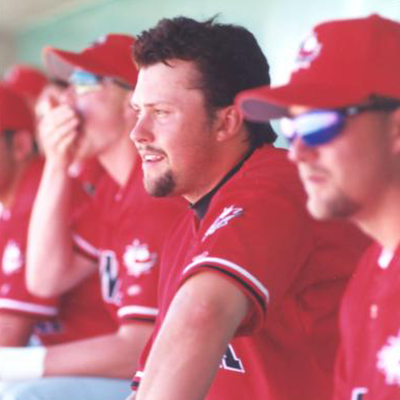
With Goldeyes’ catcher Troy Fortin representing Manitoba (Fortin hit a remarkable .407), Team Canada scored a historic first, by claiming a Pan American Games baseball medal.
The Canadians had a strong start to the tournament winning all four of their round robin games including impressive wins over the United States and Cuba.
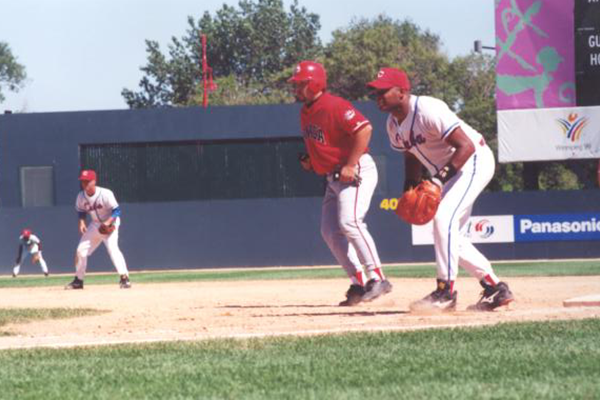
The win over the Americans was one of the most memorable. The US had a 6-3 lead with two out in the bottom of the 11th. Canada’s Andy Stewart electrified the wildly pro-Canada crowd with a booming 3-run homer to tie the game. Three batters later, the bases were loaded and 2B Stubby Clapp became Canada’s favorite son with a single to that scored the winning run. 7-6 Canada!
Canada faced perennial Pan Am baseball champions Cuba in the semi-finals. The Canadians had run roughshod over a listless Cuban squad in the round robin, beating them soundly 8-1. But the playoffs are a different beast. Canada took an early 2-0 lead. However, Cuban legend Omar Linares hit a 3-run homer in the third inning to give the defending Pan Am champions a lead they would not relinquish.
Falling short of the gold medal game, Team Canada faced Mexico for the bronze medal. Andy Stewart hit his tournament-best fourth homer and led Team Canada to the bronze medal with a 9-2 win.
Christened by a crowd of 6,708 on Opening Day and boosted into the international spotlight by the Pan Am Games, Winnipeg’s new ballpark hosted nearly 300,000 fans in 1999 as the Goldeyes reached their fourth Northern League Championship Series. The average attendance of 6,048 per game represented a 98.5 percent capacity for the season. It was a tremendous start for a run of success now entering a 25th year.
Share
